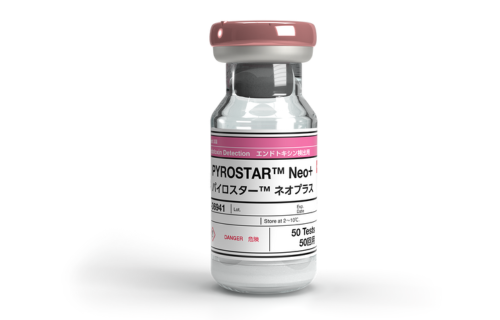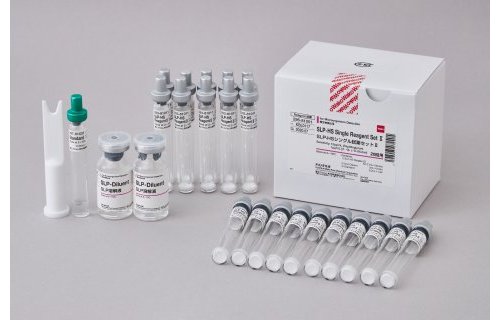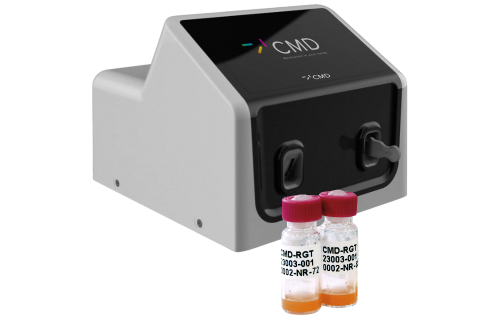Dangers of endotoxin test interference in customized AAV manufactured parenteral injectables
The risk of endotoxin contamination of adeno-associated virus (AAV) vectors
Gene therapy implements genetic techniques to deliver a functional gene copy or to restore a gene’s physiological function and has great potential for the treatment of a number of diseases. Adeno-associated virus (AAV) vectors are derived from non-pathogenic, replication-defective, non-enveloped parvovirus and can serve as an efficient gene delivery tool. The first AAV-based gene therapeutics have gained regulatory approvals in both the United States and Europe.
Like other pharmaceutical or biologic products, AAV-based therapeutics are at a risk for endotoxin contamination. Endotoxins are powerful pyrogens, which can elicit fever, inflammation, and septic shock, if they get access to the cardiovascular or lymphatic systems, cerebrospinal fluid, or intraocular environment. They are present in the outer membrane of gram-negative bacteria and are released into the environment primarily during bacterial cell lysis. As AAV-based therapies are generally delivered as parenteral injectables, they should be subjected to strict endotoxin testing.
Principles of endotoxin testing
The Limulus amoebocyte lysate (LAL) assay has been widely accepted as a gold standard for endotoxin testing due to its high sensitivity and specificity. Accordingly, it has been adopted by the pharmacopoeias of the United States, the European Union, and Japan. The LAL test can be performed as a qualitative gel-clot assay or quantitative chromogenic or turbidimetric assays. Further, synthetic LAL assays are being developed to eliminate the need for horseshoe crab bleeding for LAL reagent production.
Challenges of endotoxin testing of AAV vectors
The endotoxin testing of AAV vectors is associated with challenges. For example, AAV manufacturing is prone to endotoxin contamination, and AAV-based parenteral injectables require strict endotoxin testing. Moreover, as AAV vector-based products are typically manufactured on a small scale, standard testing schedules may not always be feasible. In addition, products derived during the AAV manufacture process may interfere with the LAL test.
The value of alternative schedules for endotoxin testing of AAV vectors
After ensuring the consistency of the manufacturing process, alternative endotoxin testing schedules should be considered by custom-production companies that manufacture AAV vectors and other gene therapy products on a small scale. The American National Standards Institute (ANSI)/Association for the Advancement of Medical Instrumentation (AAMI) have set out guidelines for the design of in-process and end-product alternative endotoxin testing plans. Notably, alternative testing plans should be aligned with regulatory requirements, should consider key manufacturing steps, and should include a well thought out sampling plan.
Development of protocols for AAV sample decontamination
Good Manufacturing Practice (GMP) strategies have been developed for the production of AAV vectors. In addition, protocols are being designed for the decontamination of concentrated AAV samples. When decontaminating LAL stocks, it is important to maintain the level of detergents below a critical threshold, because residual detergents can have a masking effect, causing an interreference with LAL reagents.
The potential of low endotoxin strains of E. coli
In addition, low endotoxin strains of E. colihave been proposed for plasmid DNA isolation as a strategy to decrease the level of endotoxins in AAV samples. This approach is reportedly scalable and can be used in both academic laboratories and for clinical development.






